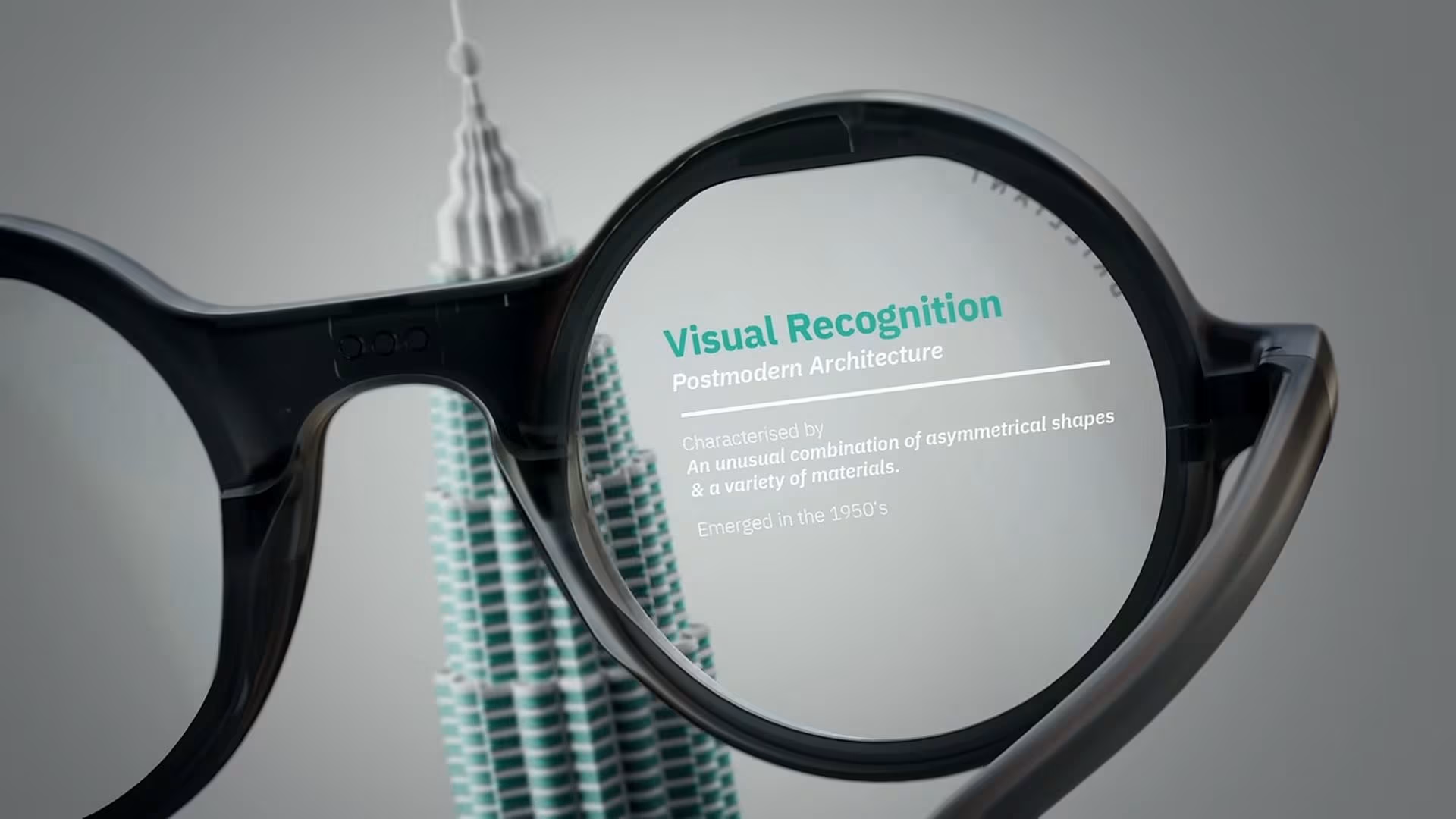NOAA’s Weather Satellites: A Journey Through Time
Since the launch of the first weather satellite, TIROS-1, in 1960, NOAA (National Oceanic and Atmospheric Administration) has been at the forefront of meteorological advancements. TIROS-1, a rudimentary satellite by today’s standards, provided the first-ever television images of Earth’s weather patterns from space. This marked the beginning of a new era in weather forecasting, allowing meteorologists to observe storms, cloud cover, and other atmospheric phenomena in real-time. Over the decades, NOAA’s satellite technology has evolved significantly, enhancing our ability to predict weather events and understand climate dynamics.
From TIROS to GOES: Technological Evolution
Following TIROS-1, NOAA introduced a series of increasingly sophisticated satellites, including the Geostationary Operational Environmental Satellites (GOES) series. The first GOES satellite was launched in 1975, offering continuous observation of weather systems across large portions of the Earth. This was a major improvement over the earlier satellites, which only provided snapshots of weather conditions. The GOES series has continually improved, with advanced imaging capabilities, better resolution, and the ability to monitor atmospheric conditions with high precision. This evolution has allowed meteorologists to track storms with greater accuracy and provide earlier warnings to potentially affected areas.
GOES-U: The Latest Innovation
Set to be launched soon, GOES-U represents the pinnacle of NOAA’s satellite technology. As the fourth and final satellite in the GOES-R series, GOES-U will offer unprecedented capabilities, including advanced lightning mapping, enhanced solar imaging, and improved monitoring of space weather. Its sophisticated instruments will allow for more accurate and timely weather forecasts, particularly for severe weather events like hurricanes and tornadoes. GOES-U’s enhanced capabilities will significantly improve our ability to predict and respond to natural disasters, safeguarding lives and property. This satellite not only continues NOAA’s legacy but also sets the stage for the future of weather observation and forecasting.




